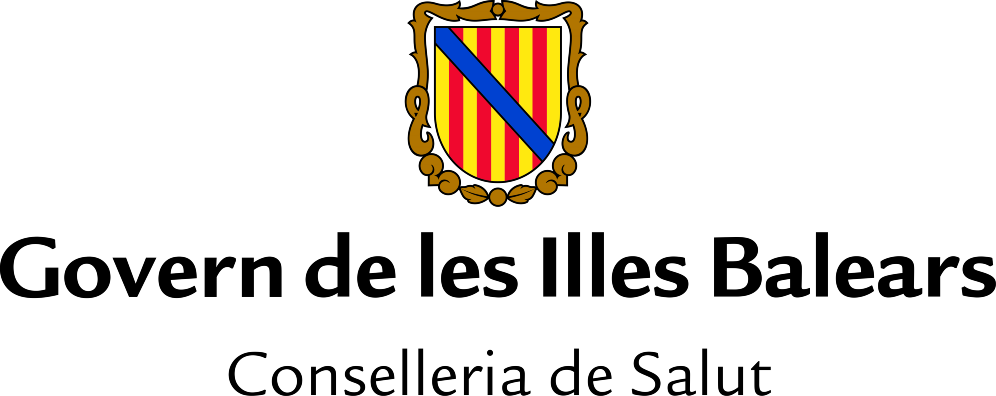
Adolescence is a period of development marked by several changes at biological, psychological, and social levels. While these changes unfold, young individuals strive to construct their identity and find their place in the world, making adolescence a critical period in many aspects. Specifically, during this stage, their sexual identity and their concept of sex will be defined. It is also the time when they typically initiate their first romantic and sexual relationships.
However, when discussing about adolescent sexuality we must consider the digital era in which we live. Nowadays, it is effortless to access almost any type of pornographic content, and furthermore, it can be done freely, anonymously, and instantly. Consequently, young people can engage in online sexual activities from an early age. That is why one of the concerns that troubles parents and educators the most is the risk associated with early exposure to pornographic content.
At what age do young people start consuming pornography?
According to Alonso-Ruido, Sande-Muñiz, and Regueiro (2022), the initial exposure to pornographic content among Spanish adolescents usually occurs around the age of 12. Its consumption is consolidated during adolescence, especially among males, who are the main consumers. Moreover, the results indicate that pornography is an informational source for many adolescents who lack adequate sexual education both at home and school. Therefore, in many cases, pornography ends up being their reference point when understanding sexuality.
How does pornography affect the mental health of young people?
The reality is that pornography takes part of general population’s sexuality. However, without proper limits and sexual education, the use of pornography by young people can lead to significant negative consequences, as detailed below:
Distorted perception of sex and diminished self-esteem:
Pornography often depicts unrealistic bodies and situations, creating an understanding of sex that is unreal, violent, and unequal, along with unrealistic expectations about relationships and intimacy. This can profoundly impact the self-esteem of young individuals, as they may feel that their bodies and sexual experiences fall short of what they see, leading them to believe that their bodies are not valid enough, their sexual performance is inadequate, or their sexual experiences are not as they “should” be.
Objectification of women:
Frequently, women are portrayed as sexual objects for the viewer’s pleasure rather than as individuals with autonomy, emotions, and desires. This is manifested through various practices and representations, such as excessive focus on specific body parts, the hypersexualization of women, and the depiction of scenes that reinforce gender stereotypes (for example, the man assumes the active role while the woman assumes the passive role). All of this can have negative effects on women’s perception in society, contributing to the normalization of sexist attitudes.
Sexual desensitization and/or pornography addiction:
Repeated exposure to explicit sexual material can lead to decreased sensitivity or emotional detachment from real sexual experiences. Additionally, pornography can quickly lead to addiction, requiring individuals to seek more intense content to maintain the same level of arousal.
Experience cyberbullying and exploitation:
Both consuming and creating sexual content to gain attention, approval, or money can put adolescents in a vulnerable position, as they may be contacted by individuals with dangerous intentions or who use their content harmfully. When done without awareness (in many cases, not considering the consequences or not realizing that once sexual content is uploaded to the internet, it is nearly impossible to erase), it can severely damage the emotional health of adolescents. If you want to learn more about the potential risks they face, feel free to read “Online Grooming: A New Danger for Adolescents” or “New Risks of the Digital Society: Sexting Among Adolescents“
Treatment and prevention of problematic pornography use in adolescents
It is impossible to stop pornography, but as parents and educators, we can assist young people by providing more effective tools to prevent problematic use. To achieve this, it will be crucial to focus on the following aspects:
- Offer comprehensive sexual education supported by evidence, with a feminist perspective that promotes self-acceptance, both in schools and at home. This education should address topics such as healthy relationships, consent, and the difference between reality and the fantasy present in pornography.
- Promote an open and non-judgmental communication environment where adolescents feel free to discuss sexuality-related topics. This will facilitate them to share their experiences and doubts openly, and if they have any problem, they will turn to us.
- Monitor and regulate internet access through communication and parental control tools, allowing parents to supervise their children’s online activities and limit access to adult content. This enables us to initiate conversations with adolescents about the importance of responsible technology use and the risks associated with premature exposure to adult content.
- Provide psychological support to adolescents facing emotional difficulties associated with pornography consumption, such as pornography addiction. A specialized professional can offer effective strategies to manage the issue, thereby enhancing their emotional well-being and fostering a healthy sexuality.
In conclusion, it is urgent to reinforce sexual education at home and in school so that young people can have the knowledge and tools necessary to live their sexuality fully and responsibly.
References
Alonso-Ruido, P., Sande-Muñiz, M. & Regueiro, B. (2022). ¿Pornografía al alcance de un clic? Una revisión de la literatura reciente sobre adolescentes españoles. Revista de Estudios e Investigación en Psicología y Educación, 9, pp. 1-18.
Aina Fiol Veny
Psychologist Col. Nº B-02615






